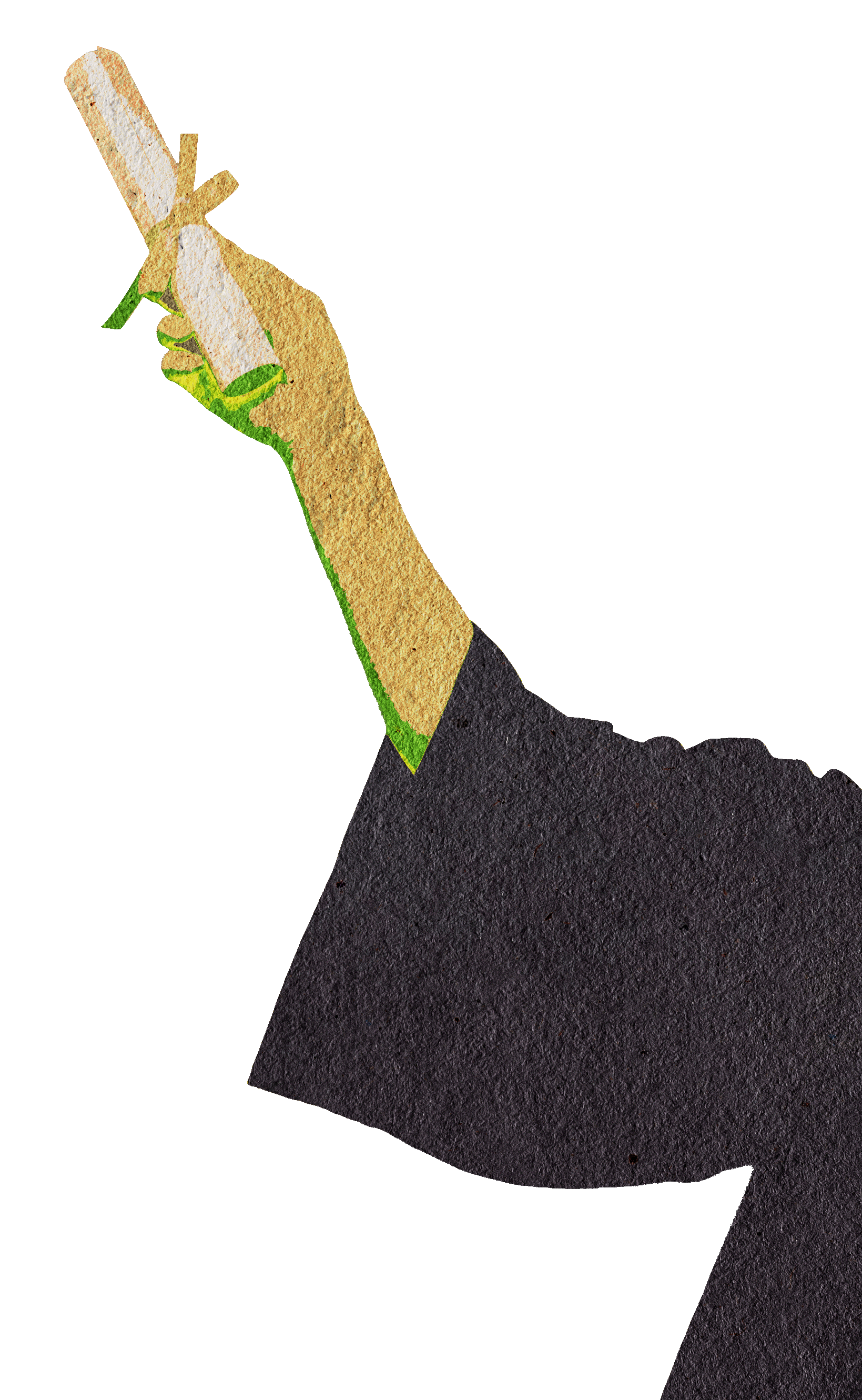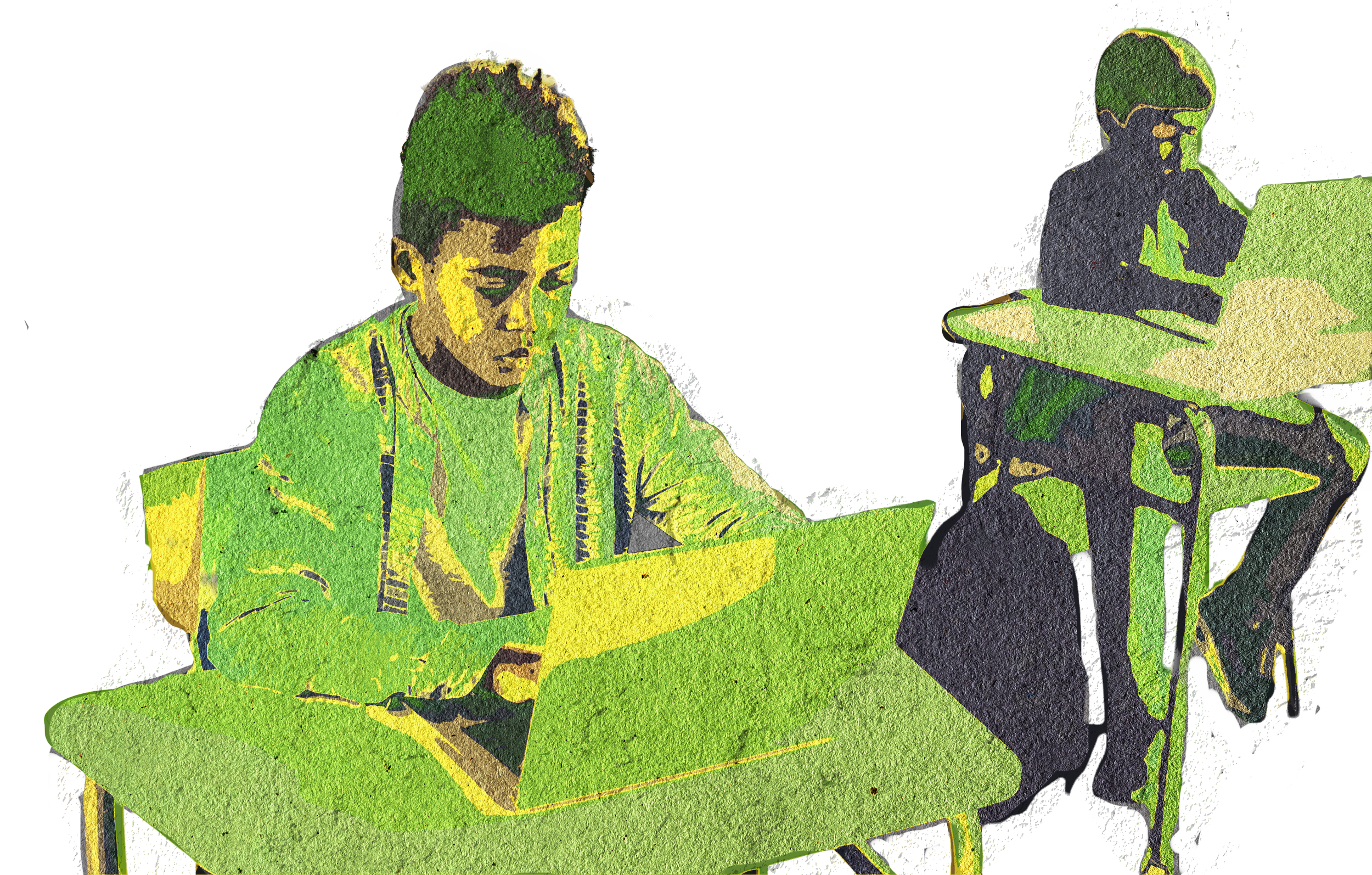
the
modern
wilderness
is all around us.
Let’s teach our kids to navigate it.

YOU ARE HERE BECAUSE YOU ARE A GREAT TEACHER.

We know you are a great teacher because you are spending your limited time off following education-related links that led you here—a little space on the Internet created by teachers who are very, very tired yet very, very willing to spend the little bit of remaining energy we have to shout…
We know it, and there’s a good chance that you are here because you know it, too. Why else would you have been compelled by the words “rehumanizing education?”
Our education system is big, and we often feel powerless to change it.
But we’re still going to try.
SOMETHING IS VERY, VERY WRONG WITH OUR EDUCATION SYSTEM.

What’s wrong with our schools is that they seem
to have gone blind to
where we are—
the world that
exists beyond
their walls.
They seem to have forgotten
who we are–
the people who
walk their
halls everyday.

In its well-intentioned quest for excellence in education, our education system fails to acknowledge where we are.
Wait… what do you mean? Where are we?
We are HERE. NOW. So what we teach should be applicable to a student’s immediate context. We know that the brain only learns when it thinks there’s a good enough reason to, and yet…
What do we find ourselves telling students over and over again when they ask, “when are we ever gonna use this?”
“In high school, in college, in your future job,” we say.
Places they are not in, won’t be in for a while, or may never reach.
What if we started to build lessons around what students need to survive and thrive in the contexts they move through everyday? Their immediate ecological environments, the digital spaces they roam freely, and the institutions—besides just schools—that serve and govern them?

Once we acknowledge where we are,
then we might remember who we are.

Okay, okay, but who are we, anyway?
We are HUMANS. And humans are meant to
face other humans.
Not screens. Not the backs of other humans’ heads.
Not even books and documents.
Yet, when we walk into a modern-day classroom,
what do we so often see?
Students staring at a big screen.
Students staring at little screens.
Students staring down at books and papers on their desks.
In our noble attempt at educational equity, we have turned to practices and technologies that have slowly distracted us from who we are.
This is not to say that they should never look at screens or books.
But what if we dramatically shifted the percentage of time students spend interacting with non-humans to interacting with other humans instead?
And not just interacting with one human—their teacher—but many humans: the very thing for which our brains actually evolved.
As humans, we are by nature social, moral, emotional, and intellectual beings. What if we let our students practice these skills instead of endlessly practicing skills that computers have long been able to do for them?

What could these small changes mean for our species?
For Our shared humanity?

PLEASE—
HELP US
FIND OUT.

HERE’S HOW
Want more information?
Learn more about what it means to rehumanize education.
Ready to jump in?
Check out our curricular resources and professional development offerings.
Already rehumanizing education?
Email us and share your story so we can spotlight the work you’re doing.













